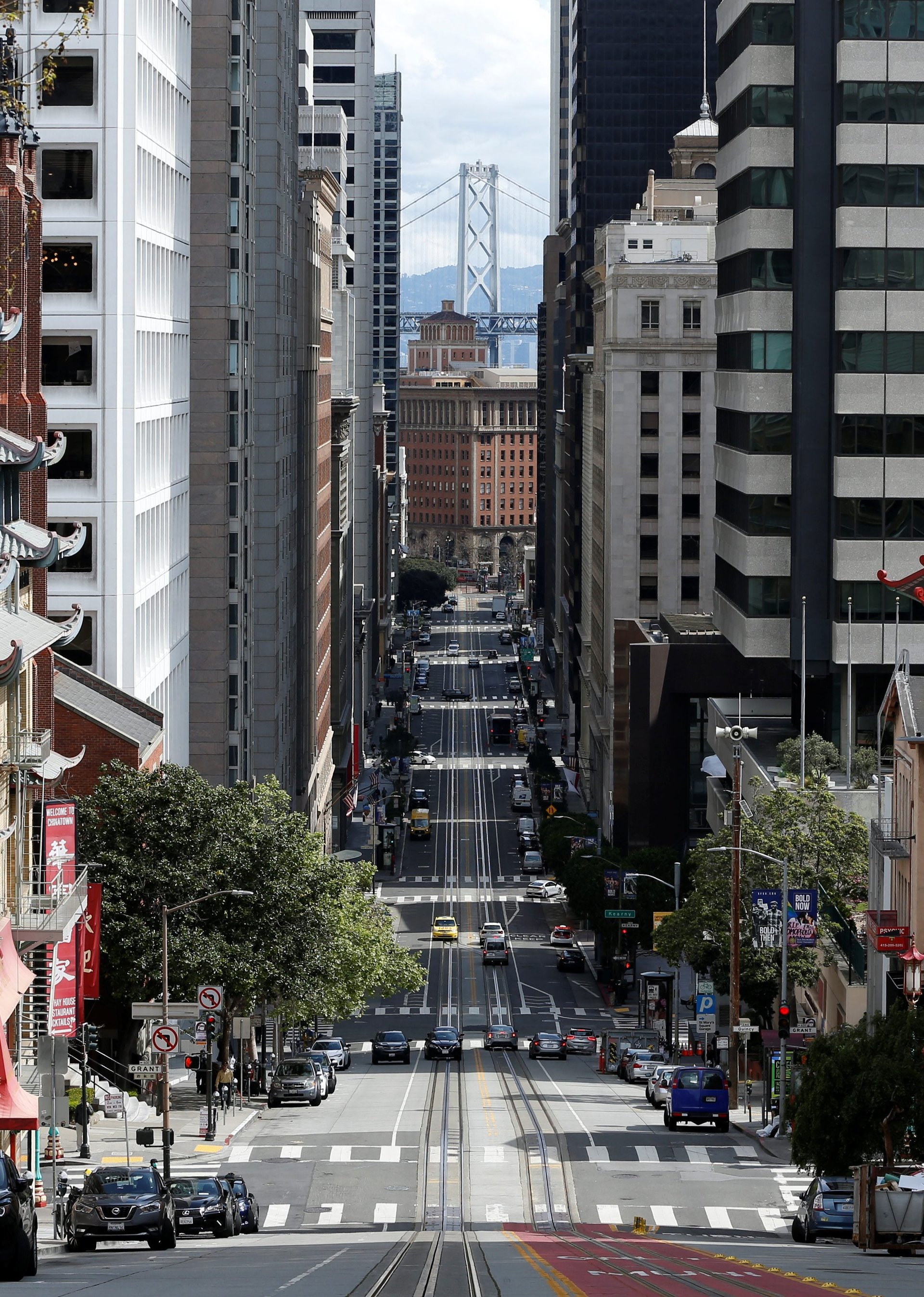5 macro headwinds for companies that want workers back in the office
What’s really behind the employee resistance to companies’ return-to-office plans?


What’s really behind the employee resistance to companies’ return-to-office plans?
Emotions are playing a role. People value their commute-free days and want as much flexibility as possible. Parents and other employees with caregiving responsibilities understandably want to protect the work-life balance that remote work offers. And to younger generations in the workforce, the office is passé.
However, even for people who are keen to get back, there also are structural issues influencing their return-to-office calculations.
Rising housing costs are making cities too expensive
People are already grappling with inflation, and may find it easier to cap expenses by working from home.
For employees who moved during the pandemic, the cost of returning to a metro area for work can be a deal breaker. US housing prices have risen by 30% since the pandemic began. Monthly rents are up 18% nationally. Increases brought some rents back to pre-pandemic levels, but in New York’s popular neighborhoods, rents rebounded and kept going. Meanwhile, a few cities that didn’t see rents drop in 2020 saw spikes in 2021.
High gas prices mean commuter aren’t rushing to fill up right now
Workers expecting a call back to the office would have been preparing to bump up their budget for fuel this spring. Since Russia invaded Ukraine and the US announced sanctions on Russian oil, US gas prices have risen to more than $4 per gallon, prompting people to reconsider every trip out of the house, including to the office.
Crime is up on many public transit systems and in some office districts
High gas prices would normally send people to public transit, but would-be commuters are not anxious to get back on trains amid reports of increased crime on several city systems, including those in Chicago, New York, Seattle, and Los Angeles.
Meanwhile, Amazon just moved workers out of one of its downtown Seattle buildings because of a spike in shootings and carjackings in the surrounding neighborhood.
In a tight labor market, employees feel empowered to push back
As major firms begin mandating office returns, some well-paid employees are reportedly defying company orders, even though businesses have the right to fire anyone who refuses to show up in-person to work. Such passive resistance would have seemed audacious in 2019, but it’s not hard to imagine that workers are less afraid of repercussions now, when there are 11 million job openings in the US.
Future waves of covid-19 remain a fear
Covid-19 is still leading to more than 4,000 hospitalizations per day in the US, and some worry the recent uptick in covid cases caused by omicron’s BA.2 variant could evolve into a dangerous wave.